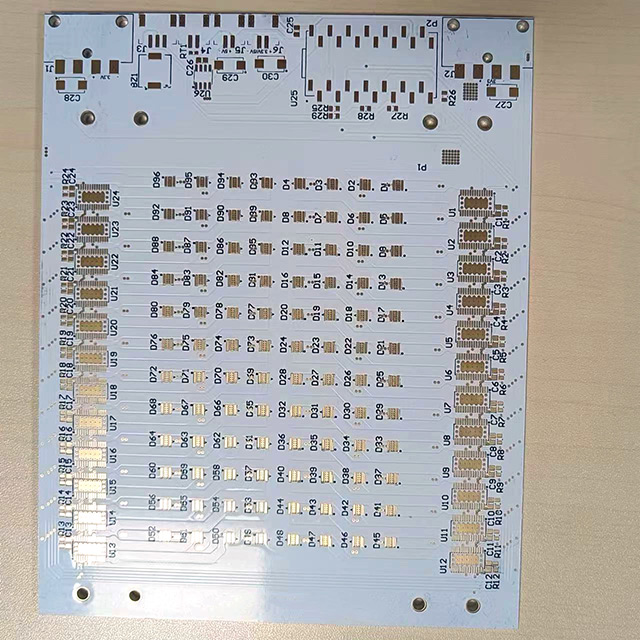R
rondo
Hi Millerman,
Just picked up this topic and very interested in your unit can we talk more on this.
Have been trying for some time to use my surplus PV into I/H which is a standard 3kw unit and not much joy as yet. Latest idea was to run the I/H thru. a site tranny (240/110) with a adequet continious rating of say 1500va,a trial gave me about 650w at the I/H. Auto control sounds a better way fwd.
Just picked up this topic and very interested in your unit can we talk more on this.
Have been trying for some time to use my surplus PV into I/H which is a standard 3kw unit and not much joy as yet. Latest idea was to run the I/H thru. a site tranny (240/110) with a adequet continious rating of say 1500va,a trial gave me about 650w at the I/H. Auto control sounds a better way fwd.











